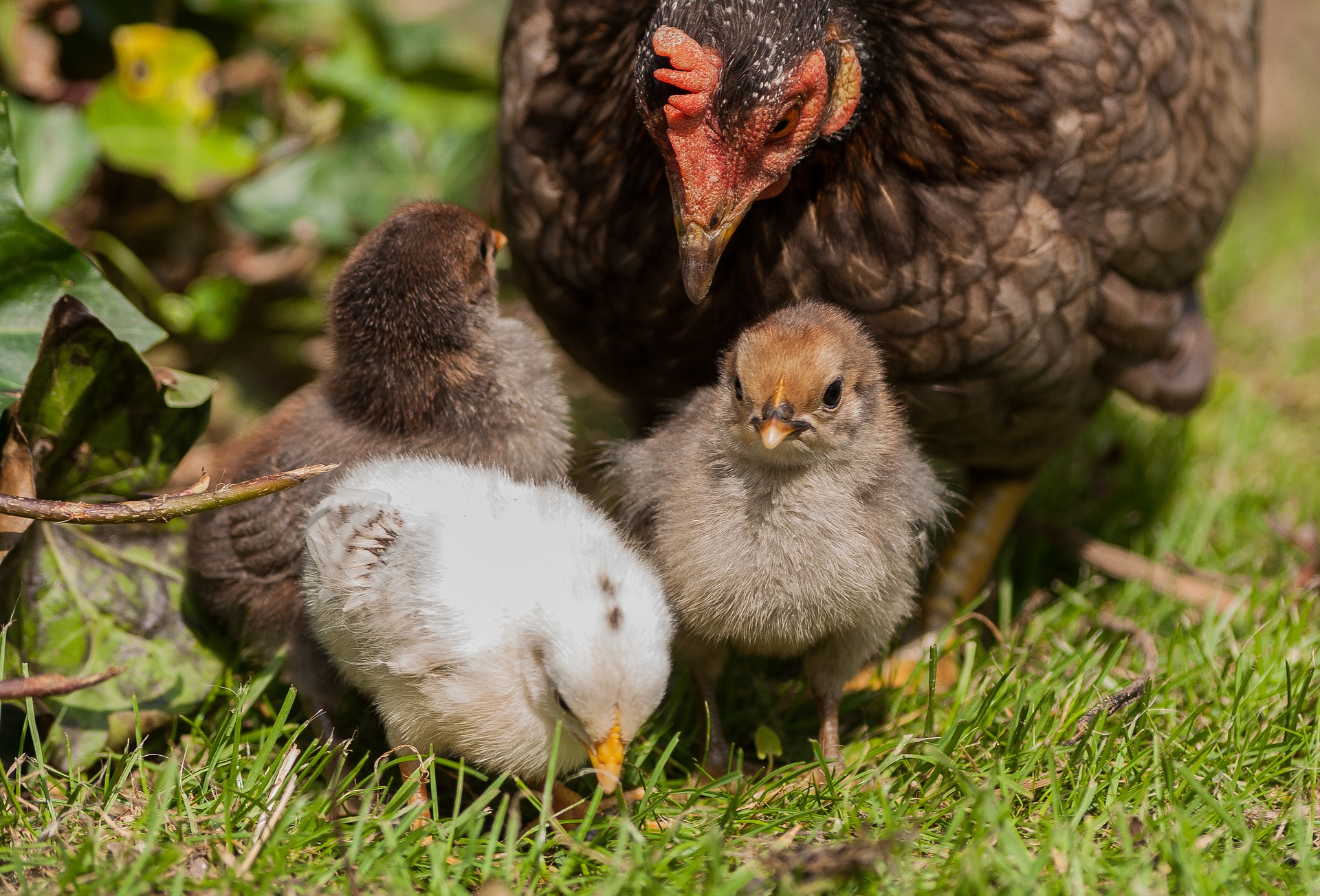Regenerative Farming Starts Here—with Chickens
Are you ready to say goodbye to the monocrop industrial approach to agriculture and hello to regenerative farming?
Check out this Main Street Project video which tells a story about restoring our land and our relationship with plants and animals, and valuing the power of small farmers—all while deploying a small-scale system that is “accessible, productive and economically viable.”
How does the Main Street Project do all that? As the makers of this video explain, “the path to healing our food and agriculture system is a path walked on by chickens.” That’s right. Main Street Project has developed a poultry-centered regenerative agriculture system that can change how food is produced around the world.
Well-managed paddocks and rotational grazing—practices that regenerate soil, eliminate erosion and increase production—play a big role in Main Street’s well-planned 100-acre farm ecosystem in Northfield, Minnesota.
According to the video, chickens “contribute to the farm ecosystem by providing an affordable entry point for long-term economic investment and help transform that investment into a wide array of marketable products,” all while contributing to a “vibrant farm economy.”
Main Street Project’s goal is to provide a “revolutionary approach to eliminating harmful practices in the poultry industry while healing the land and relationship to the labor force.” The project’s founders want to solve the nation’s food crisis by equipping and uplifting the “next generation of consumers, farmers and investors in regenerative agriculture practices.”
Main Street Project’s Reginaldo Haslett-Marroquin describes the project’s approach:
“We are advocating for a farming approach that brings back ancient knowledge, wisdom and techniques that farmers have survived on for a long time. What we are doing is restructuring those techniques so we can meet current demands in a way that the farming system that we deploy is good for the people, good for the landscape and the ecology, and is good for the economy.”
It’s part of the project’s “ecological, economic and social triple bottom line.” And the beauty of it is that the regenerative-poultry and grain model can be adapted to different climates in different parts of the U.S and the world. And it can operate on a small scale, or can be scaled up to meet the growing demand for organic, regenerative poultry.
If a lot of this sounds familiar, it’s because of the steady drumbeat led by Regeneration International (RI), which works to build a “healthy global ecosystem in which regenerative agriculture and land-use practices cool the planet, feed the world, and promote public health, prosperity and peace.”
As Organic Consumers Association’s International Director Ronnie Cummins explains in a recent blog post, the regeneration movement is “the one movement that we believe has the power to address all our individual and collective concerns, the movement that holds the most hope for resolving the multiple and deepening global crises of hunger, poverty, crumbling political systems and climate change. The movement that begins with healing our most critical resources—soil, water, air—through better farming and land management practices. And ends with healing our local communities and global societies and restoring climate stability.”
Want to get involved? Help us rapidly scale up the signatories of Regeneration International’s 4 per 1000 initiative, which calls for countries to draw down more carbon than they emit, and to store it in the soil. Connect us with your local farmers, NGOs, agencies and companies that would be interested in signing on.
Increasing the number of those committed to healthy soil is the first step toward building a regeneration movement in your community.
Sign up here to keep up with news and alerts from Organic Consumers Association. Posted in full with permission.

